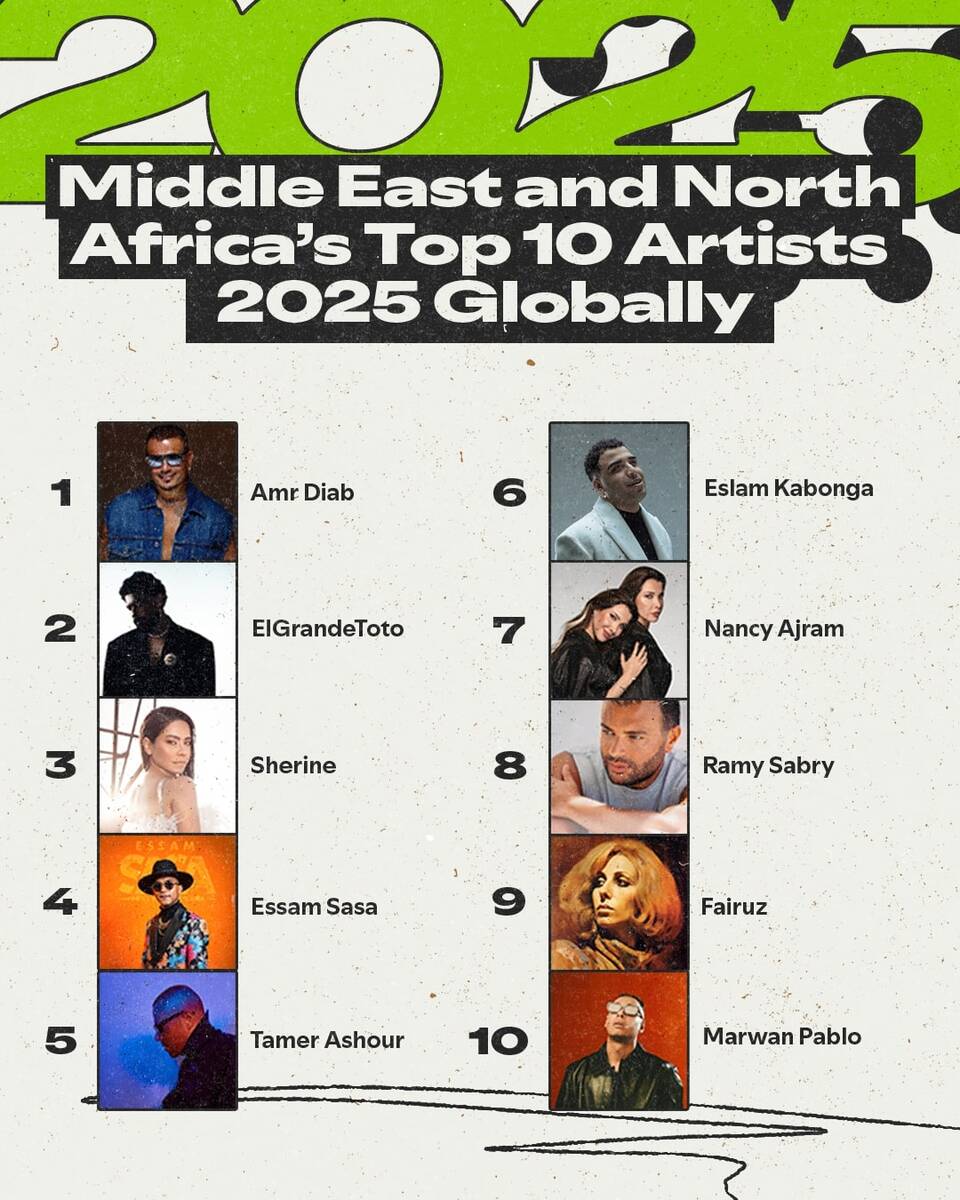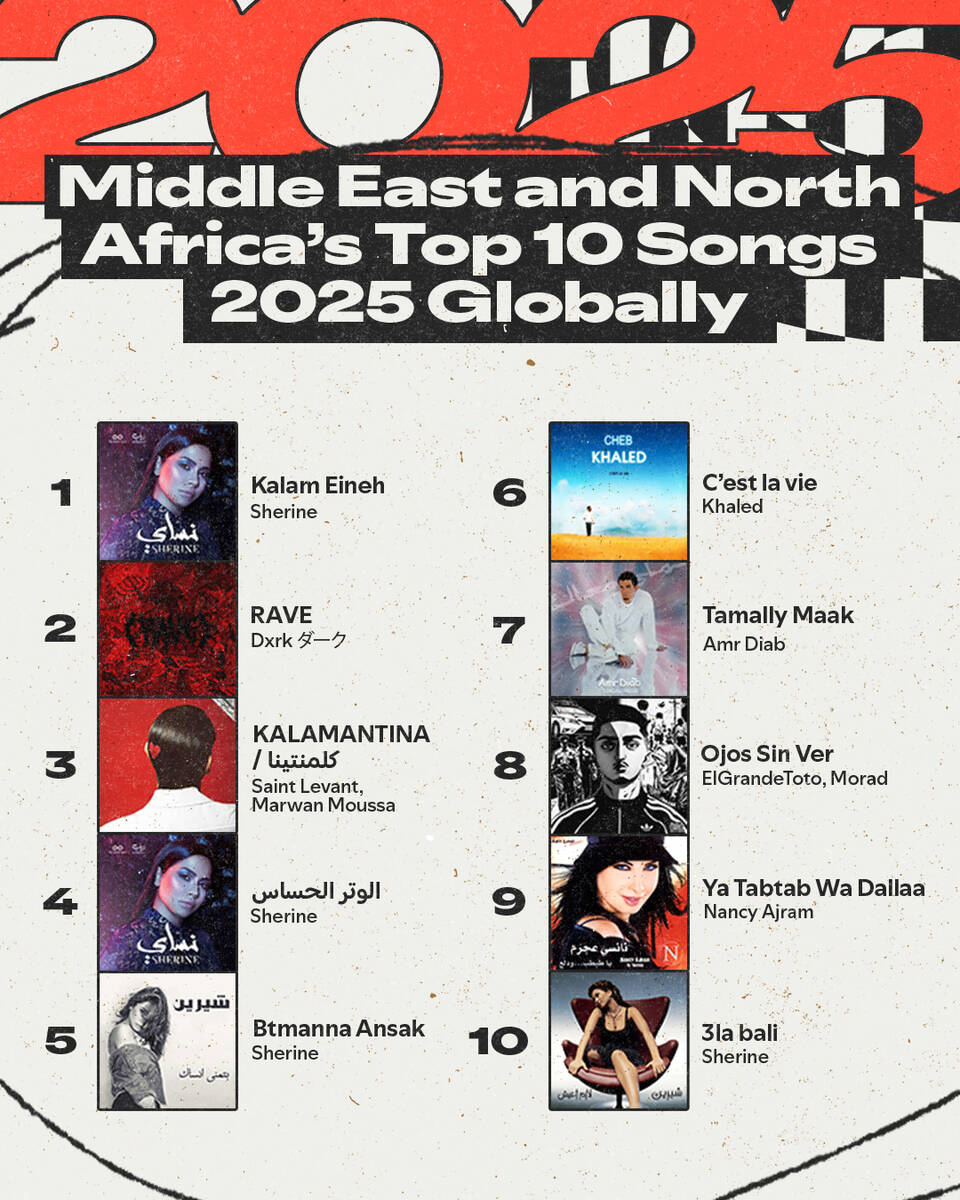NEW YORK: Designer Virgil Abloh, a leading fashion executive hailed as the Karl Lagerfeld of his generation, has died after a private battle with cancer. He was 41.
Abloh's death was announced Sunday by the luxury group LVMH (Louis Vuitton Moët Hennessy) and the Off White label, the brand Abloh founded. Abloh was the men’s wear designer of Louis Vuitton.
“We are all shocked after this terrible news. Virgil was not only a genius designer, a visionary, he was also a man with a beautiful soul and great wisdom,” Bernard Arnault, chairman and chief executive of LVMH said in a statement.
A statement from Abloh's family on the designer's Instagram account said for the last two years, Abloh battled cardiac angiosarcoma, a rare form of cancer in which a tumor occurs in the heart.
“He chose to endure his battle privately since his diagnosis in 2019, undergoing numerous challenging treatments, all while helming several significant institutions that span fashion, art, and culture,” the statement read.
Abloh is survived by his wife Shannon Abloh and his children, Lowe and Grey.
Louis Vuitton designer Virgil Abloh dies of cancer
https://arab.news/pf3h8
Louis Vuitton designer Virgil Abloh dies of cancer

- LVMH said Abloh, 41, had been battling cancer privately for years
Amr Diab and Sherine top Spotify list of 2025 MENA artists

- Egyptian stars and icon Fairuz continue to resonate in region
- Artists shaping rap, mahraganat, hybrid sounds feature
DUBAI: Spotify has released its list of the Top Middle East and North Africa artists and songs globally, shaped by streams from listeners both inside and outside the region, offering a snapshot of how MENA music travelled in 2025.
Topping the global MENA artists list is Amr Diab, a mainstay of Arab pop. He also led Egypt’s Wrapped this year, while his catalogue — spanning both older hits and newer releases — continued to draw sustained global engagement.

The return of “Tamally Maak” to the global Top Tracks list underlines the lasting appeal of his music across generations.
Sherine is one of the year’s most emotionally resonant voices with four tracks in the global Top 10. Her classics “Kalam Eineh,” “El Watar El Hassas” and “3la Bali,” alongside her newer release “Btmanna Ansak,” reached listeners from Egypt to Germany and the UK.
Spotify data shows her catalogue maintaining a strong, personal connection with audiences throughout 2025.
Regional classics also featured prominently. Nancy Ajram’s early-2000s hit “Ya Tabtab Wa Dallaa” found renewed popularity in markets including Indonesia and Turkiye, while Khaled’s “C’est la vie” continued to cross borders, resonating with listeners from France to India.

Fairuz remained a fixture in daily listening habits, anchoring morning and coffee playlists across the Arab world and the diaspora.
Beyond pop, artists shaping rap, mahraganat and hybrid sounds maintained strong global visibility.
ElGrandeToto, Morocco’s Top Artist on Spotify from 2020 to 2025, continued to spotlight the evolution of Moroccan hip-hop, which in 2025 blended rai, chaabi and local rhythms with trap influences.
His collaboration with Spanish-Moroccan rapper Morad, “Ojos Sin Ver,” featured on the global MENA Top Tracks list, highlighting the genre’s cross-regional and European appeal.
Egyptian rapper Marwan Pablo also remained a prominent global presence, recognized for his introspective approach within the country’s hip-hop scene.
Mahraganat artists Essam Sasa and Eslam Kabonga appeared in the global rankings as well, underscoring the genre’s expanding reach beyond its local roots.
The global MENA Top Tracks list included “KALAMANTINA,” a collaboration between Saint Levant and Marwan Moussa that blends hip-hop and pop within a hybrid electro-shaabi sound.












